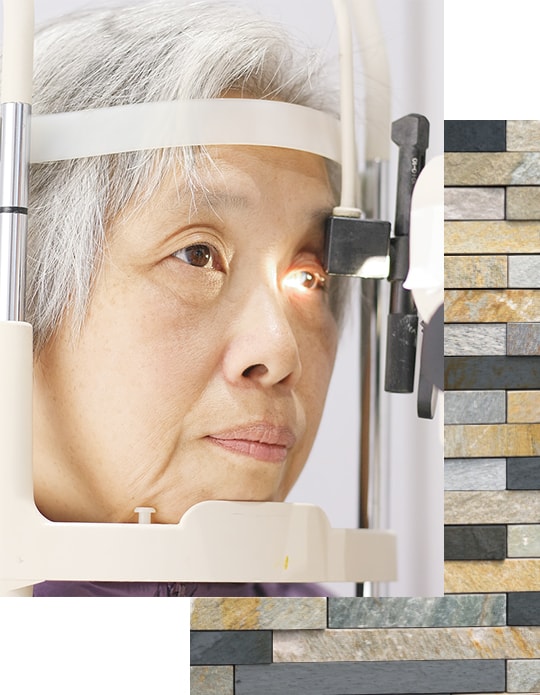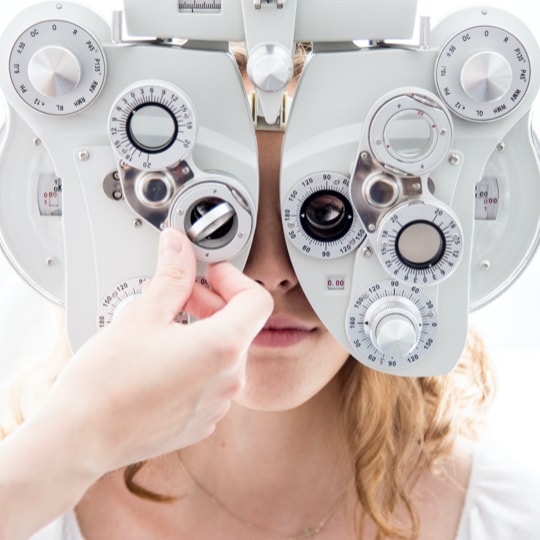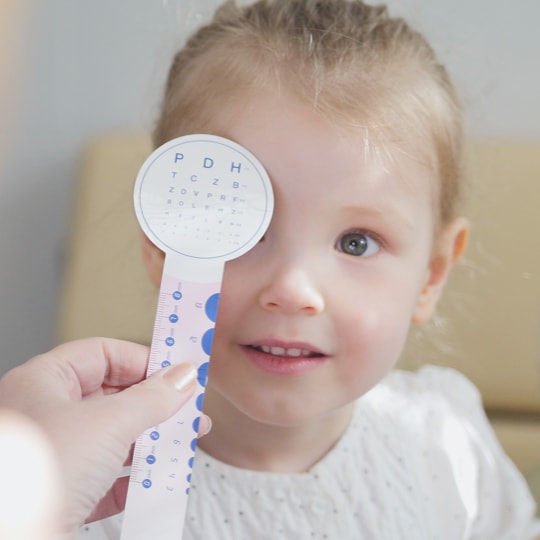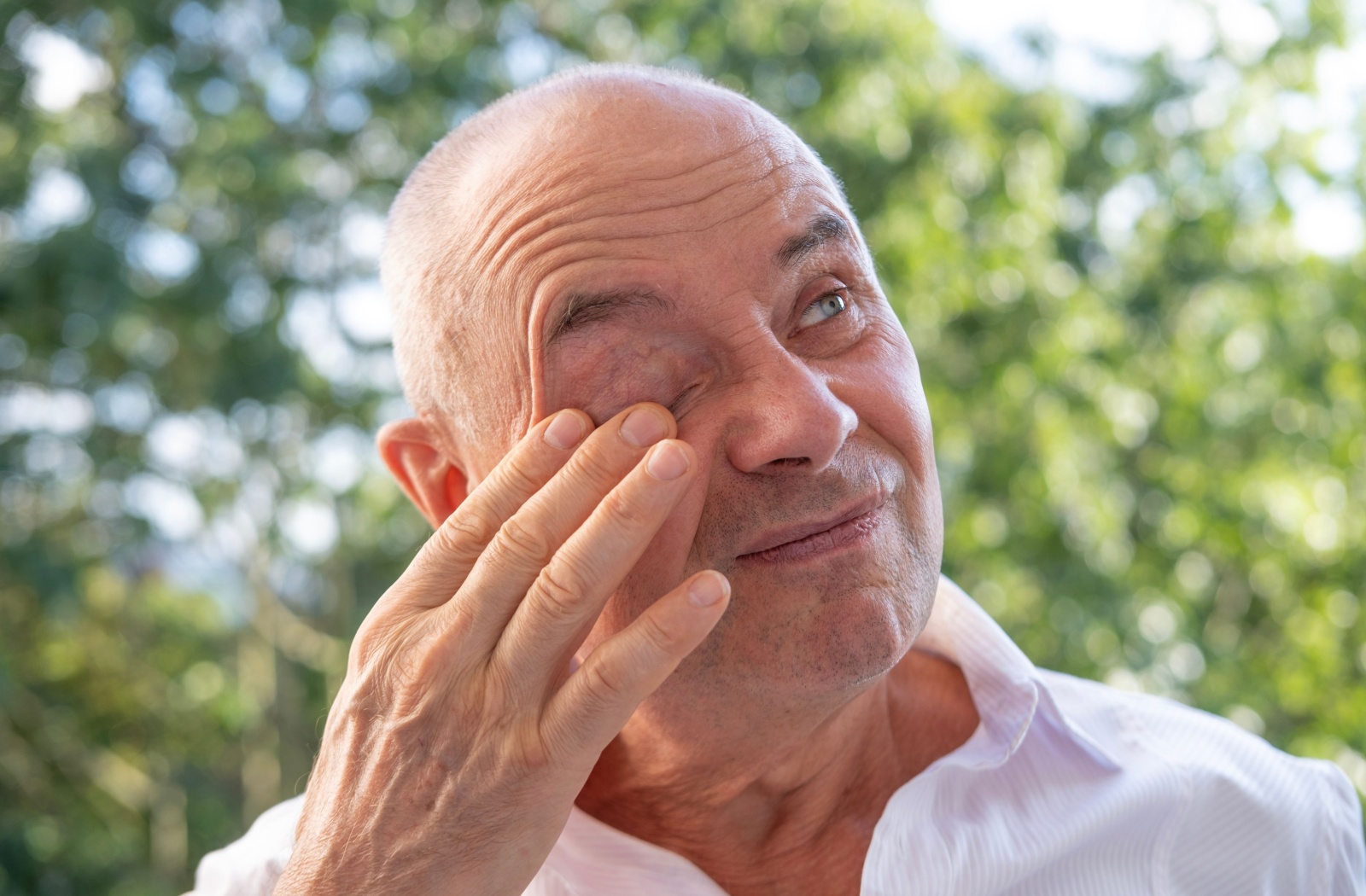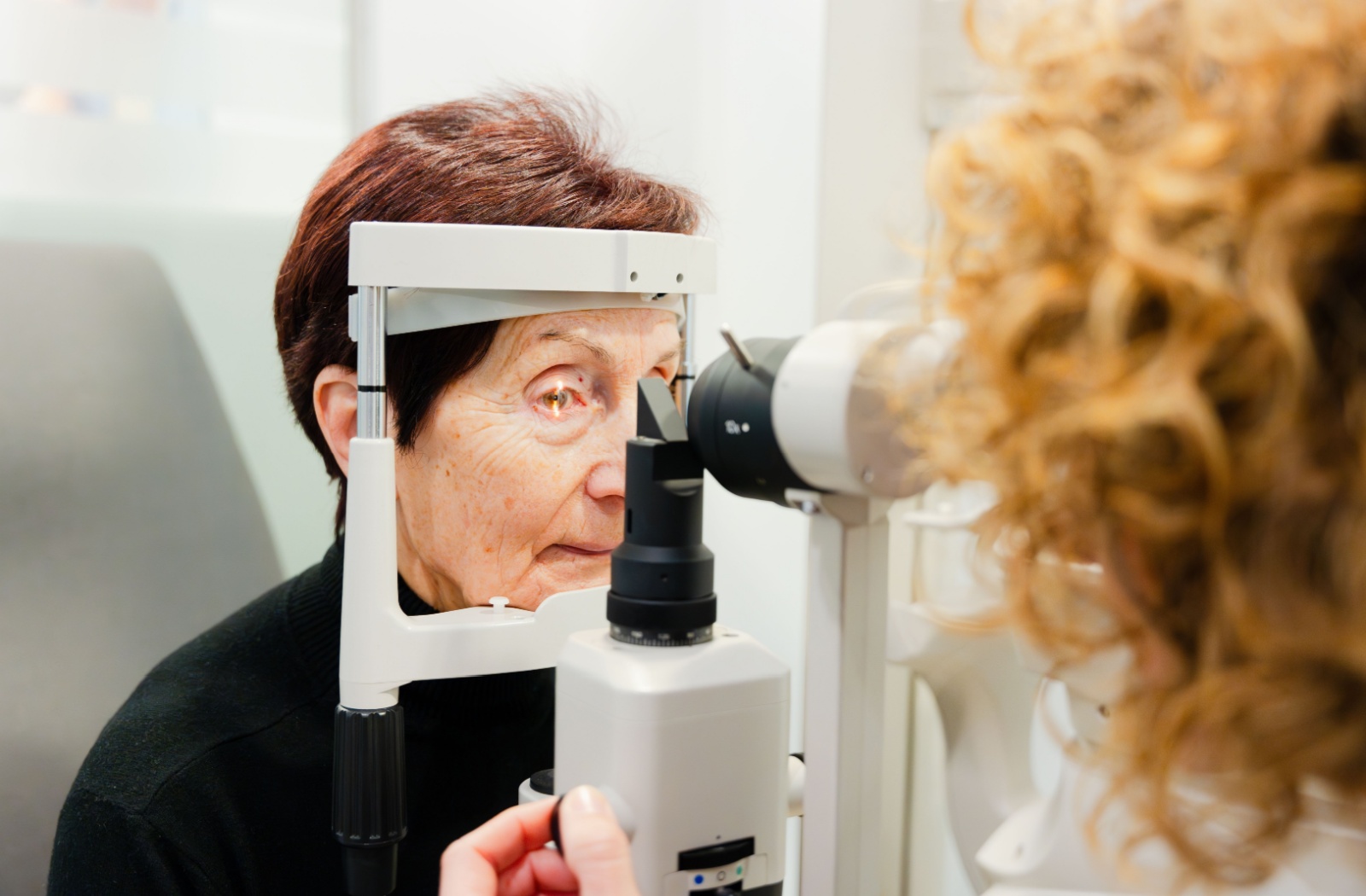What is Macular Degeneration?
Macular degeneration, also known as age-related macular degeneration (AMD), is an eye disease that deteriorates a part of your retina known as the macula. The disease generally develops as a result of aging, but other factors like genetics, smoking, and prolonged UV exposure can increase your risk.
There are 2 common forms of AMD:
Dry AMD occurs when small yellowish deposits called drusen start developing underneath your macula. Over time, the drusen thins the macula. The amount of central vision you lose depends on where and how much your macula thins.
During development, some symptoms you may experience include:
- Distortions in your vision, such as straight lines bending
- Difficulty adapting to low light levels
- Words blurring when you read them
- Fading colours
- Needing more light when reading
Wet AMD occurs in 10% of macular degeneration patients, but it’s responsible for causing 90% of vision loss related to the disease. Wet AMD occurs when delicate blood vessels form underneath your macula and retina. These vessels can then break and leak fluids onto your macula, damaging it.
Wet AMD can happen rapidly, and cause a range of sudden symptoms, including:
- Fading colours
- Glare from lights
- Distortion in your vision
- Dark spots in your central vision
- Blurred Vision


